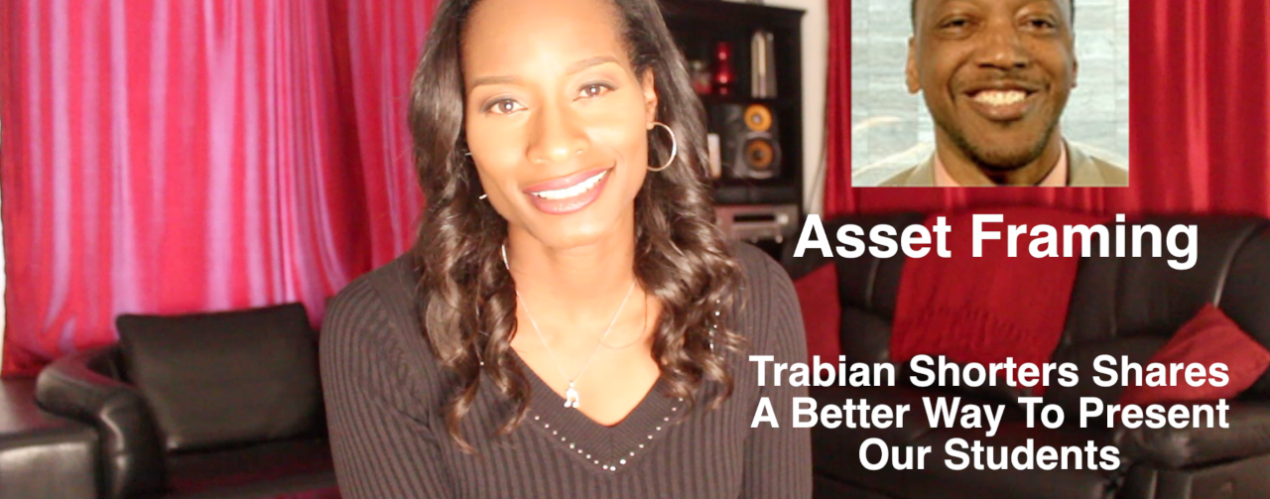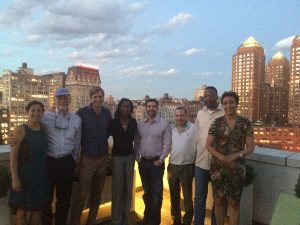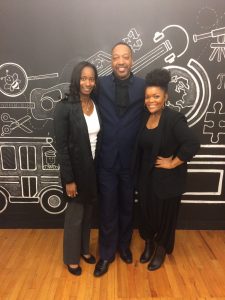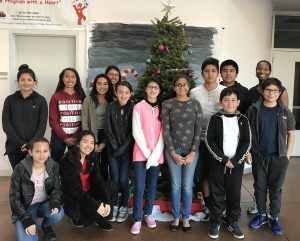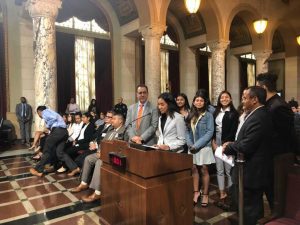Asset Framing: Presenting Our Students In the Best Light
What is asset framing? Good question! Following a Donorschoose board meeting, I sat down with Trabian Shorters, a fellow board member, to discuss what asset framing is and why educators and community members need to be aware of this concept. Continue reading below but also watch the video above for the one on one interview!
For something that’s so simple yet so important – I don’t know how I missed this. My degree is in psychology, and I have studied how priming and our word choice can affect the way people interact with situations, interact with other people and even interact with themselves. For instance, I learned to put guidelines in the positive (e.g ‘Please walk’ vs ‘Don’t run!’). Our school incorporates the growth mindset framework and encourages our students to employ growth mindset terminology and word choice phrases as well.
Nevertheless, when we present our students to the public, whether it be in written form, in a dynamic speech, or in a presentation, the phrasing we lead with is extremely important.
“Asset framing recognizes that you should not define people by the characteristic that is least complimentary to them,” Trabian shares. “To define someone initially by something that stigmatizes them is a way of injuring the relationship before it begins.” The first time I heard this, I was floored. Not because this is a complex idea, but because it wasn’t and I was guilty of doing it so many times!
“I read a lot of mission statements that say, ‘We help at-risk kids in high crime neighborhoods to stay on track and graduate in order to avoid becoming negative statistics.’ These mission statements set us up as the good guy and ‘frame’ our kids and their communities as a threat to America’s future,” he explains. “That very same mission statement could be, “We help students who are hungry for an education to learn and achieve the goals that they set for themselves.”
Asset framing is recognizing people for their positive aspirations and contributions and starting a relationship based on those positive characteristics.
Yes!
I teach in Canoga Park, which is about thirty minutes north of Los Angeles, in the San Fernando Valley. 100% of our students are on free lunch and a majority of my students will be the first in their family to even attempt to attend any form of higher education. Though I’ve never seen it nor felt threatened by it, there is a gang presence my students are aware of. We are surrounded by negative statistics.
And these are the statistics I have used to ‘frame’ my students.
Where you might ask? Oh, everywhere. Donorschoose proposals, Target Field-Trip Grant submissions, even on the CCSA Hart Vision Teacher of the Year video interview that was shown to thousands of attendees (and an even larger audience through the internet)!
So you see why I was floored when Trabian presented this idea to me. While trying to build my students up, I’ve been stripping them down in front of others without even knowing it.
But I’m a woman of action. With this new information, I can either do nothing, I can sulk and whine, or I can change my ways while also informing other educators of this concept—because my students are anything but a negative statistic.
Take Katherine, for instance. She’s an 11th grader and a member of my Alumni360 mentorship program. Within a week of being notified that she was accepted to the Mason Journalism and Media Conference—that carried a tuition of $2000—she immediately started brainstorming ways to bring in the funds. With her family income being significantly below the poverty line, she turned her energy to her writing ability and wrote a dynamic essay that won her a $1500 scholarship two weeks later. Then, after a brainstorming session with her mother, she partnered with a local Zumba Studio to raise the remaining funds. She made her goal and had an exceptional week in Washington D.C with the top journalists in the county!
I could easily identify her as my low-income, poverty stricken student, but I’d rather introduce her as my resilient, creative and resourceful Katherine who will not let her economic status impede her from attaining the opportunities she needs to be successful. She is framed with excellence. She is framed with resourcefulness and she will continue to be framed with the hope to carry this nation forward.
So there you have it. A simple yet powerful idea that can make all the difference in how our society views our students —and even with how they view themselves. We are often reminded to ‘be the change we wish to see’, and this change should start with our words and our framing.
Frames of greatness, frames of purpose, frames of contribution; these are the frames that should border our students when presenting them to the world.
———————–About Trabian Shorters
Trabian Shorters is the founder and CEO of BMe Community. Trabian has a long history of creating and running innovative networks for the public good. As Vice President of Communities for Knight Foundation from 2007-2013, he directed a $300M portfolio in 26 cities as well as the field-leading Knight Community Information Challenge (KCIC) which enticed over 300 foundations to experiment with funding new projects. Prior to that he led Ashoka-US, founded Technology Works for Good (Now 501ctech), and was one of the authors of the AmeriCorps national service program.
As founding CEO of BMe, Trabian envisions communities where we all do better specifically because we are willing to help each other. BMe is our opportunity to build such communities – beginning with inspired black men.
——————-About Donorschoose.org
Donorschoose.org is a national non-profit that makes it easy for anyone to help a classroom in need. Led by CEO Charles Best and a dynamic team dedicated professionals, public school teachers from every corner of America can create classroom project requests and any donor can give any amount to the project that inspires them. Visit Donorschoose.org today to help a classroom in need!
Share this post

